
Home |
About Us |
How to Participate |
Biodiversity Modules |
Projects |
Maps |
News |
Resources

Home |
About Us |
How to Participate |
Biodiversity Modules |
Projects |
Maps |
News |
Resources
|
Definition of "Wetlands" - General Code 500: Vegetated areas where plants are rooted in water or water saturated soil or that regularly tolerate flooding for extensive time periods. |
Wetlands: Estuaries including all vegetation types (510)
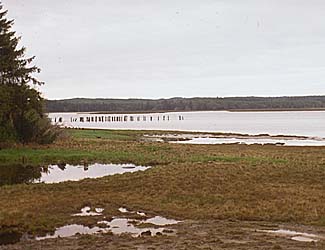 | |
| Descriptive Habitat Code: Estuaries (5) are wetlands where plants are rooted in salt water (1) or that regularly tolerate tidal changes that include all wetland vegetation (0). | |
| Photo: KMD | |
 American wigeon Anas americana Code: ANAAM Photo: RA | Distribution and
Habitat: It is distributed across North America from Alaska southward to Costa Rica Diet: Interesting fact: |
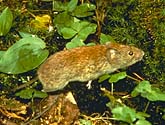 Gapper's red-backed vole Clethrionomys gapperi Code: CLGA Photo: WDFW |
Distribution and Habitat: This species is found from sea level to the timberline on both sides of Washington State. Diet: Interesting fact: |
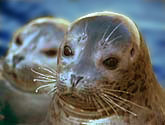 Pacific harbor seal Phoca vituline Code: PHVI Photo: KMD |
Distribution and Habitat: It is found in coastal waters, marine estuaries and rivers in areas free from ice. Diet: Interesting fact: |
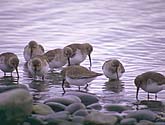 Dunlins Calidris alpina Code: CAALP Photo: RA |
Distribution and Habitat: It is found in coastal areas as well as in the Great Lakes Region. Diet: Interesting fact: |
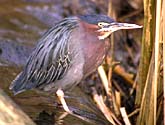 Green heron Butorides striatus Code: BUST Photo: RA | Distribution and
Habitat: The green heron is found in secluded wetlands, wooded sloughs, and along slow-moving water in ditches. Diet: Interesting fact: |
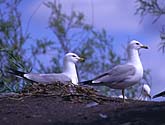 Ring-billed gull Laurs delawarensis Code: LADE Photo: RA |
Distribution and
Habitat: It is found distributed across North America from southern British Columbia southward to southern Mexico, Cuba and Bermuda. Diet: Interesting fact: |
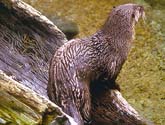 River otter Lutra canadensis Code: LUCA Photo: RA |
Distribution and Habitat: It can be found in coastal marine areas, rivers and lakes. Diet:
Interesting fact: |
Home |
About Us |
How to Participate |
Biodiversity Modules |
Projects |
Maps |
News |
Resources